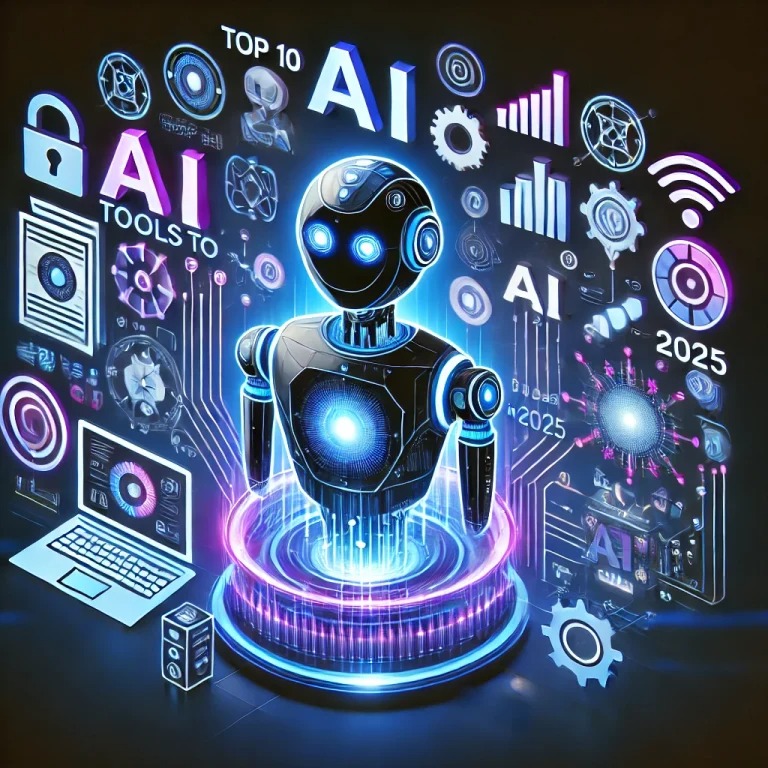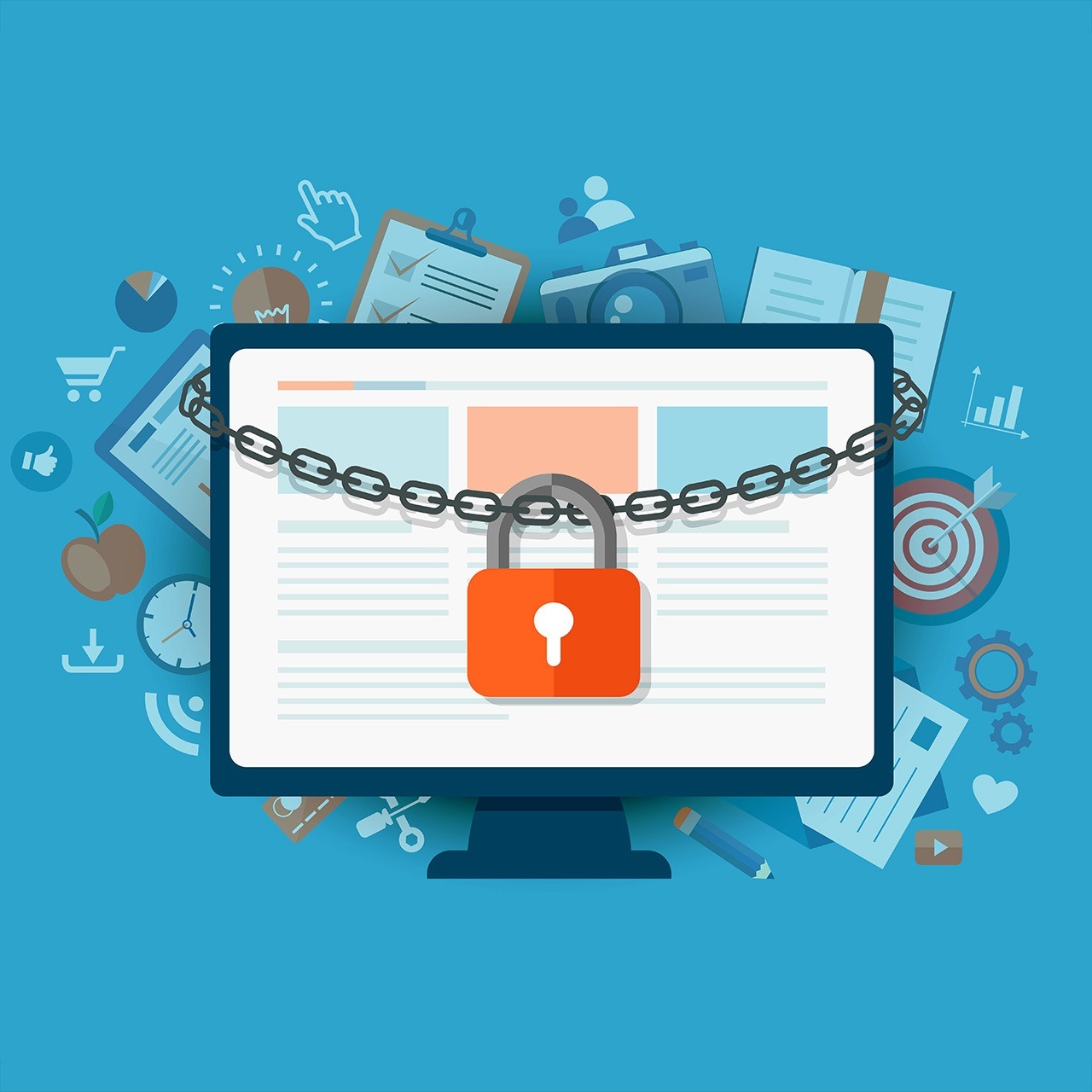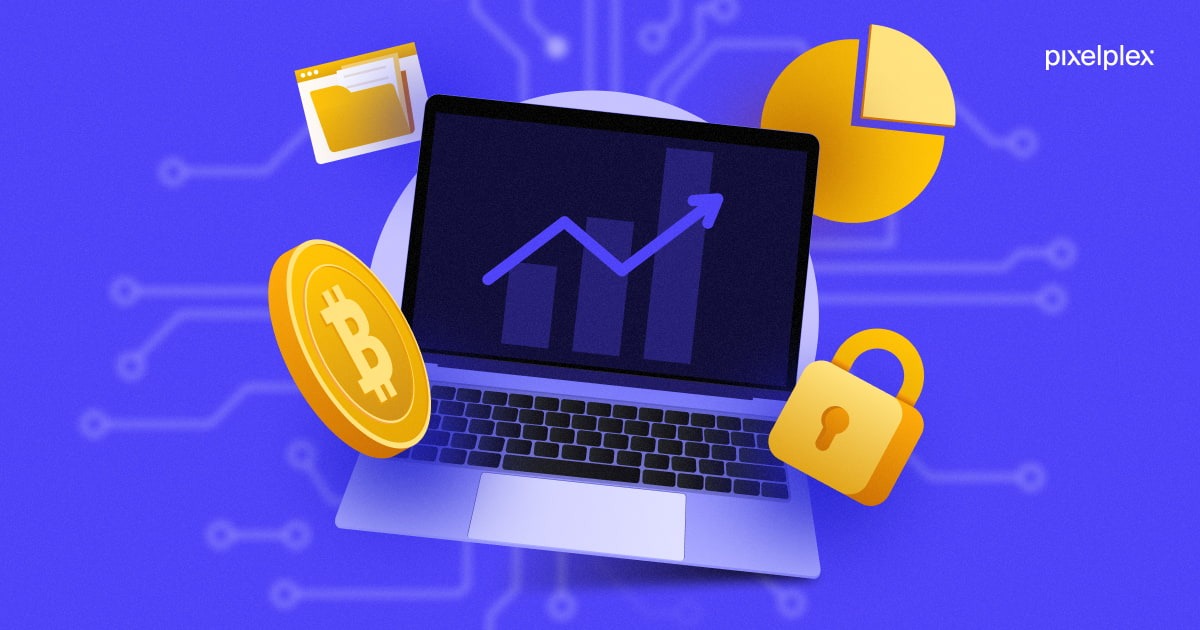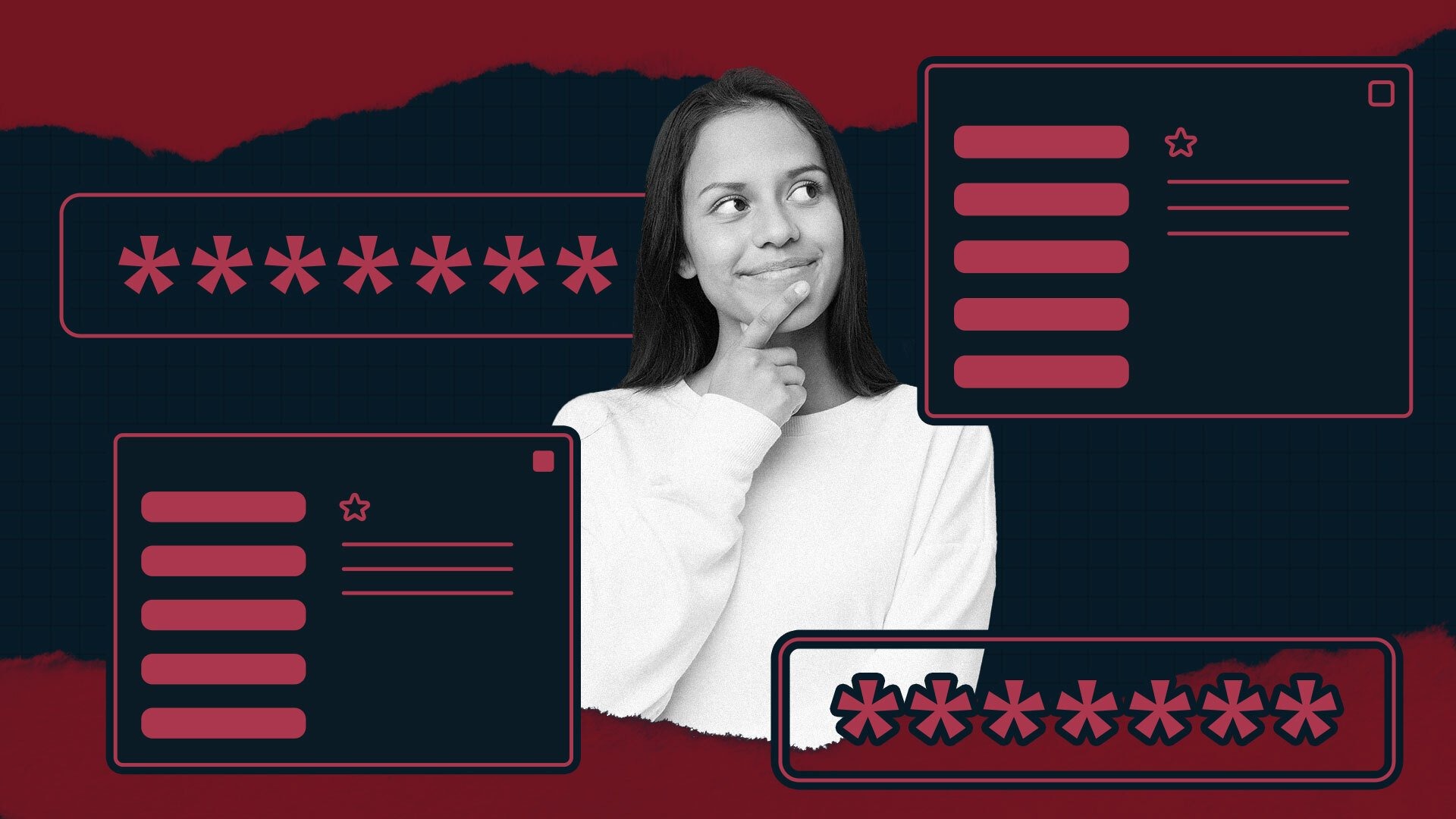1. For Writing and Communication: ChatGPT (with Custom GPTs)
Problem it solves: Writer’s block, email overload, unclear messaging
ChatGPT has become a go-to writing assistant for millions. But in 2025, it’s evolved far beyond basic Q&A. With customizable GPTs, users can create specialized versions for tasks like customer service, social media captions, technical documentation, or personal journaling.
How to use it effectively:
-
Use it to draft blog posts, edit cover letters, or summarize research articles.
-
Integrate it into apps like Notion or Google Docs via browser extensions for in-context writing help.
-
Customize a GPT for your unique tone and industry to save time on repetitive writing.
Pro tip: Pair it with voice-to-text tools like Whisper or Otter.ai for a full-circle AI writing flow.
2. For Organization: Notion AI
Problem it solves: Disorganized notes, scattered ideas, inefficient workflows
Notion AI takes productivity to a new level by helping you organize, summarize, and retrieve your notes in seconds. Think of it as a smart assistant living inside your second brain.
What makes it stand out:
-
Summarizes long notes into bullet points.
-
Auto-generates task lists from meeting notes.
-
Helps brainstorm and format content for wikis, databases, and calendars.
Best use cases:
-
Students can turn lecture notes into study guides.
-
Entrepreneurs can outline business plans or product roadmaps faster.
-
Anyone can clean up cluttered pages with just a click.
3. For Visual Creativity: Canva AI & DALL·E
Problem it solves: Lack of design skills, time-consuming visuals
You no longer need to be a designer to create stunning graphics. Canva’s AI tools — including Magic Design and AI image generation — allow users to create branded content, presentations, and social media visuals in minutes.
DALL·E, OpenAI’s image generation tool, is now integrated into ChatGPT Pro and allows you to turn text descriptions into high-quality images or edit existing ones with simple prompts.
Use them like this:
-
Marketers can auto-generate ad creatives for A/B testing.
-
Students can create diagrams and slides quickly.
-
Content creators can turn a blog post into a YouTube thumbnail with a prompt.
Tip: Combine Canva and DALL·E — generate your image in DALL·E, then drag it into Canva for easy edits.
4. For Task Automation: Zapier + AI Agents
Problem it solves: Repetitive digital tasks and app-switching fatigue
Zapier has always been a favorite for automating workflows. But in 2025, it’s stepped up its game with AI agents that understand your intent and build multi-step automations automatically.
Examples:
-
When you receive an email with an invoice, Zapier can extract the data and add it to a spreadsheet.
-
After a Zoom call, it can send a transcript summary to Slack, create tasks in Trello, and update your CRM.
Why it matters: Automating these micro-tasks saves hours each week and reduces human error.
Getting started tip: Use the “Zapier AI Builder” to describe your workflow in plain language — it’ll build the automation for you.
5. For Personal Assistance: Rewind.ai or Google Gemini Assistant
Problem it solves: Forgetting what you read, watched, or did — and losing time searching
Rewind.ai is an app that records everything you do on your computer (with your permission) — every word you type, every tab you open, every Zoom call you take. It then allows you to search your digital life like a personal time machine.
Why it's helpful:
-
Never forget where you read that quote.
-
Search “what did I do last Thursday at 2 PM?” and get an instant answer.
-
Works offline, respects privacy, and is a powerful second brain.
Alternatively, Google Gemini Assistant has made major strides in integrating AI into your devices. With context-aware memory and cross-app assistance, Gemini can book your flights, summarize your PDFs, and even help plan dinner — all without opening 10 tabs.
How to Choose the Right AI Tool for You
You don’t need to use every AI tool out there. Instead, ask yourself:
-
Where do I spend the most time each day?
-
What tasks do I dread or find repetitive?
-
Where am I losing information or momentum?
Start with one tool that directly addresses your pain point. For example:
-
If writing slows you down, start with ChatGPT or Notion AI.
-
If visual content creation eats your hours, explore Canva with DALL·E.
-
If you’re constantly switching apps and copying info, Zapier is your friend.
Final Thoughts
AI in 2025 isn’t just for tech geeks or businesses with deep pockets — it’s for anyone who wants to work smarter, live more efficiently, and reclaim their time. From writing and design to memory and automation, these tools help solve real-life problems in surprisingly intuitive ways.
The key? Use them intentionally. Let AI handle the busywork so you can focus on what really matters — whether that's building a career, running a business, or simply having more time to enjoy your day.








